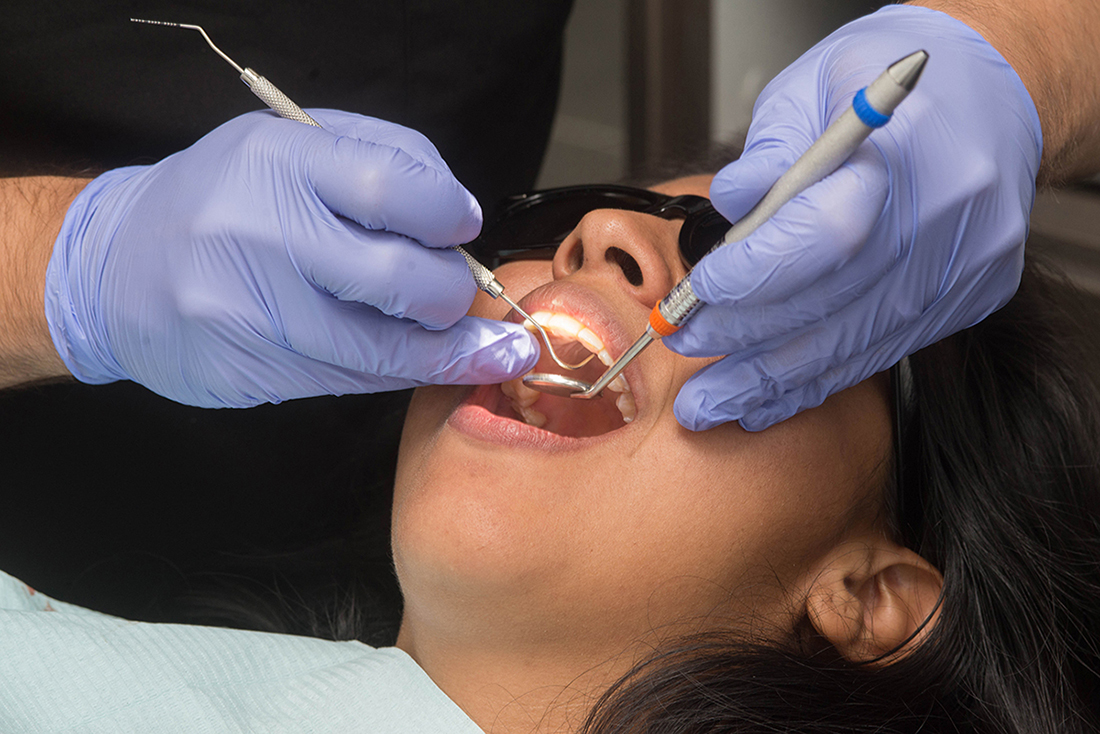The four main types of bridges are
Cantilever Bridge
In this type of bridge, the pontic attaches to only one abutment tooth. Cantilever Bridge Dental can sometimes be an option for people who have teeth on only one side of the gap.
Traditional Fixed Bridge
It is the most commonly popular type of dental bridge. A traditional bridge has a filler tooth or teeth and two or more crowns. Dental crowns keep the bridge in place and prevent them from shifting. Also, conventional bridges consist of metal, ceramics, or porcelain fused to metal.

Implant-supported bridge
It is similar to the traditional fixed bridges near me. The implants support the bridge instead of being cemented in place to teeth.
Maryland dental bridge
If you have missing front teeth, this could be the best option. Experts create this from porcelain fused to ceramic teeth or metal, getting support from the framework. It has wings on each side of the dental bridge bonded to your existing teeth.
What goes on during the process for a traditional dental bridge?
Typically you will require at least two dental appointments.
Impressions
Your dentist takes imprints or molds of your teeth or performs a digital scan. A dental lab uses the mold or scan as a model to make your bridge, fake teeth, and crowns. While the lab develops your permanent bridge, you'll have a temporary bridge to shield the exposed regions of your mouth.
Abutment teeth preparation
During your first dental visit for bridges, your dental specialist will reshape the abutment teeth. They will remove a part of the dentin or enamel so there's enough room for a crown. Visit your nearest dentist office for dental bridges.
Permanent bridge placement
During your second dental visit, your healthcare providers remove the temporary bridge and place the permanent or fixed bridge. Your provider will carefully check the dental bridge and make the necessary adjustments to make sure it fits you comfortably.
Do dental bridges have any significant risks or complications?
Although Dental Bridges Near Me has fewer risks associated with them, there certainly are some risks you should know. If you take proper care of your bridge, it will last for several years without complications. The bridge may fail if the cement deteriorates and the surrounding teeth decay. Suppose the bridge becomes loose and the surrounding teeth are still intact and healthy. In that case, your provider may be able to reattach it with new cement.

What is the expense of a dental bridge?
Dental bridges vary in price. It varies depending on the type of dental bridge, where you live, and the experience of your dental specialist. If you have dental health insurance, it will typically cover a portion of the cost. Your dental plan will determine your coverage. Ensure to consult with your dental insurance provider and dentist about the coverage plans and policies.
Conclusion
We hope the above-given information helps you learn some interesting facts and benefits of dental bridges. The above article highlights the valuable and beneficial aspects, advantages, and types of dental bridges. For further information regarding dental bridges, please visit thedentisthouston.com.
Article Source : https://www.hugotips.com/what-type-of-dental-bridges-are-available/